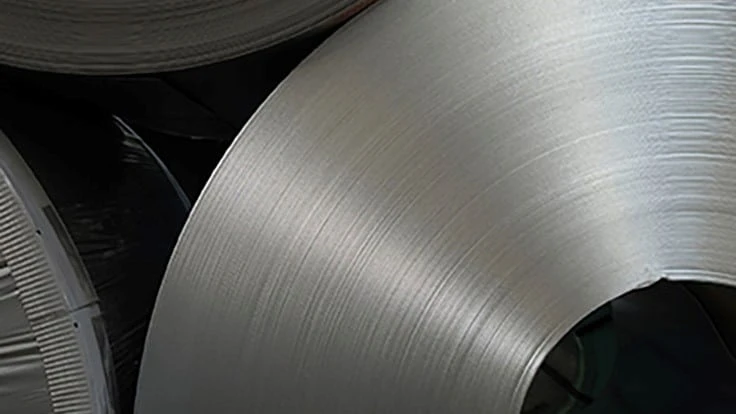
© pixelprof - istockphoto.com
Steelmakers in the United States have begun to respond to apparent and anticipated declines in demand for finished and semifinished steel by reducing output at mills.
In the week ending March 28, weekly crude steel output fell by 9.8 percent compared with the week before, according to the Washington-based American Iron and Steel Association (AISI).
According to AISI, domestic raw steel production was 1.67 million net tons for the week and mill operating capacity was 71.6 percent. In addition to representing a nearly 10 percent week-on-week decline, the figure represents a 12.7 percent decrease from output in the comparable week in 2019.
Steelmakers are facing a sudden drop in demand from the automotive sector and other manufacturing sectors reducing output in response to COVID-19 outbreak measures. A combination of workforce reluctance to stay on the job and anticipated lack of new sales has caused auto and appliance makers to shutter or slow down assembly lines.
Demand for steel from the construction sector also likely has dropped. A late March survey by the Arlington, Virginia-based Associated General Contractors (AGC) found nearly 40 percent of respondents were dealing with construction project owners who had halted or canceled current projects “amid deteriorating economic conditions.”
The swift reaction of steelmakers stands in sharp contrast to the situation in the People’s Republic of China, where in late January and throughout February an even sharper plummet in steel demand occurred as that nation locked down to prevent the spread of COVID-19.
Figures from China’s own steelmaking association supplied to Brussels-based WorldSteel showed Chinese mills not only did not reduce output during its crisis but actually raised it by 3.1 percent.
A Chinese steel output rise of 5 percent in February 2020 occurred while China’s construction industry was largely at a standstill and its auto sales plummeted a remarkable 80 percent compared with February 2019. By late February, observations of a steel inventory buildup in China were being reported.
Steel industry analyst Becky E. Hites of Steel-Insights LLC, based in the Atlanta area, says China’s lack of supply-demand balance has had a ripple effect on neighboring nations. “The Chinese steel buildup is significant enough for a competitive response, as indicated by recent steel mill closures in Japan by both Nippon in February and now JFE Steel, which has announced it is permanently shuttering 4 million metric tons of crude steelmaking capacity—20 percent of Japan’s total steelmaking capacity according to a press report.”
Hites says the current circumstances are the symptom of a longer lasting problem. “Perhaps this crisis, the continued push toward green carbon-neutral steel production in developed countries and the moves toward mercantilism and global decoupling will result in the discipline required for company managements and boards to make hard decisions that will finally begin to deal with the global overcapacity created by the exponential and rapid growth in the Chinese steel industry over the past 15 years.”
In terms of domestic ferrous scrap supply and demand balance, processors contacted by Recycling Today indicate their inbound flows of scrap have dropped by more than 10 percent since the onset of COVID-19 “shelter in place” orders in the U.S.
Recyclers are claiming inbound industrially generated ferrous scrap declines of 50 percent or more since factories and demolition sites began going quiet—indicating melt shops in the U.S. may yet have more need to scale back to strike a balance.
Latest from Recycling Today
- Aqua Metals secures $1.5M loan, reports operational strides
- AF&PA urges veto of NY bill
- Aluminum Association includes recycling among 2025 policy priorities
- AISI applauds waterways spending bill
- Lux Research questions hydrogen’s transportation role
- Sonoco selling thermoformed, flexible packaging business to Toppan for $1.8B
- ReMA offers Superfund informational reports
- Hyster-Yale commits to US production





